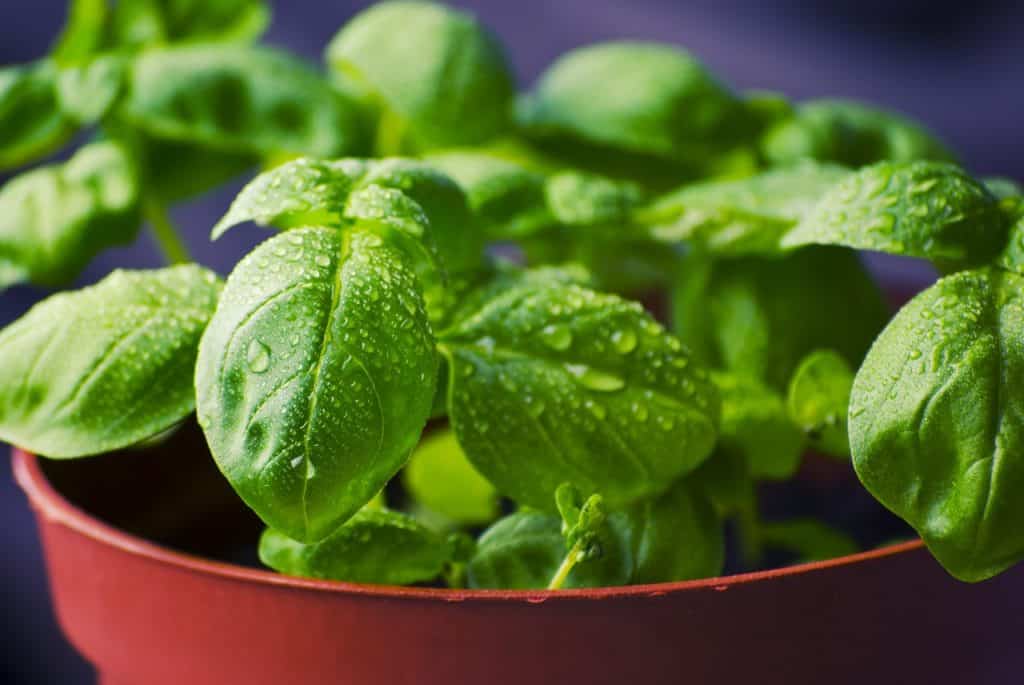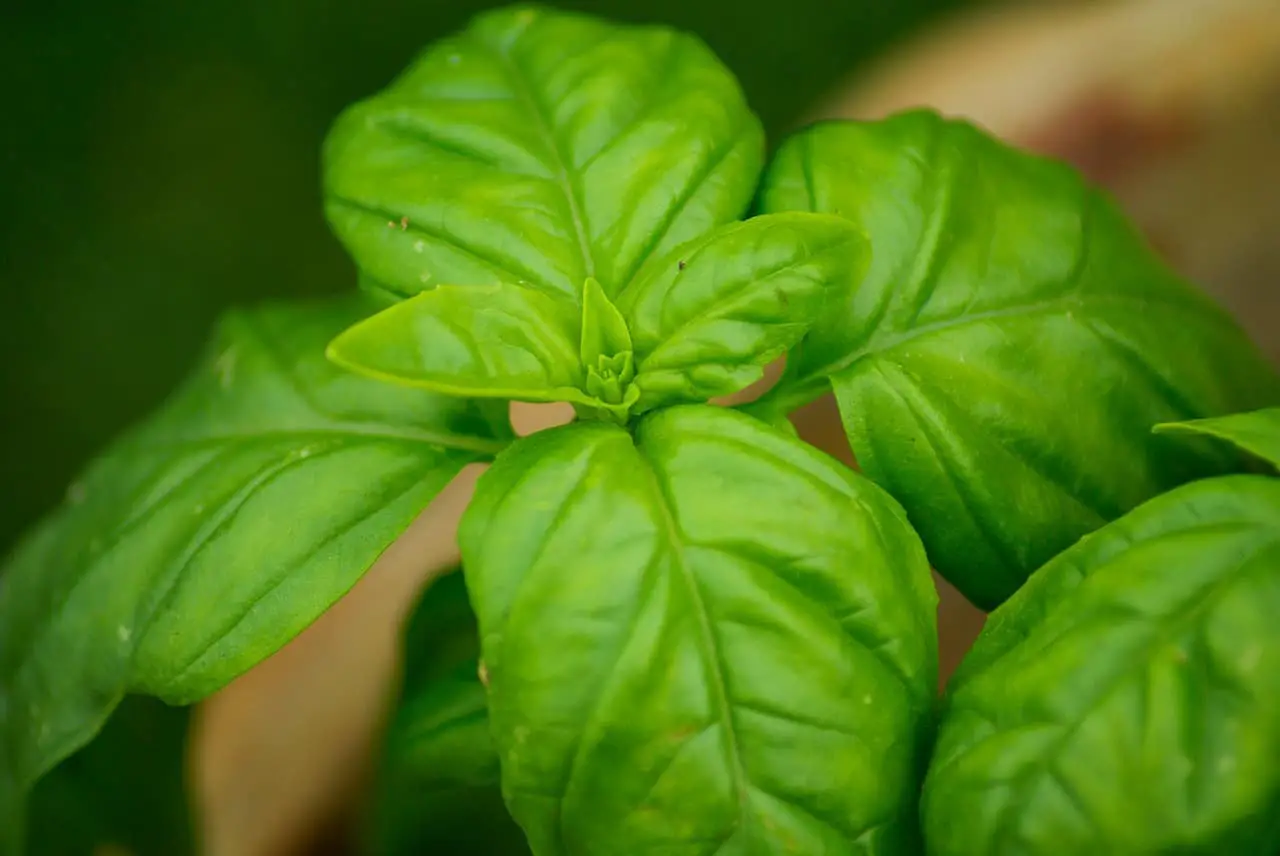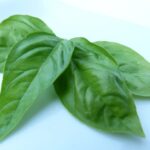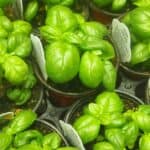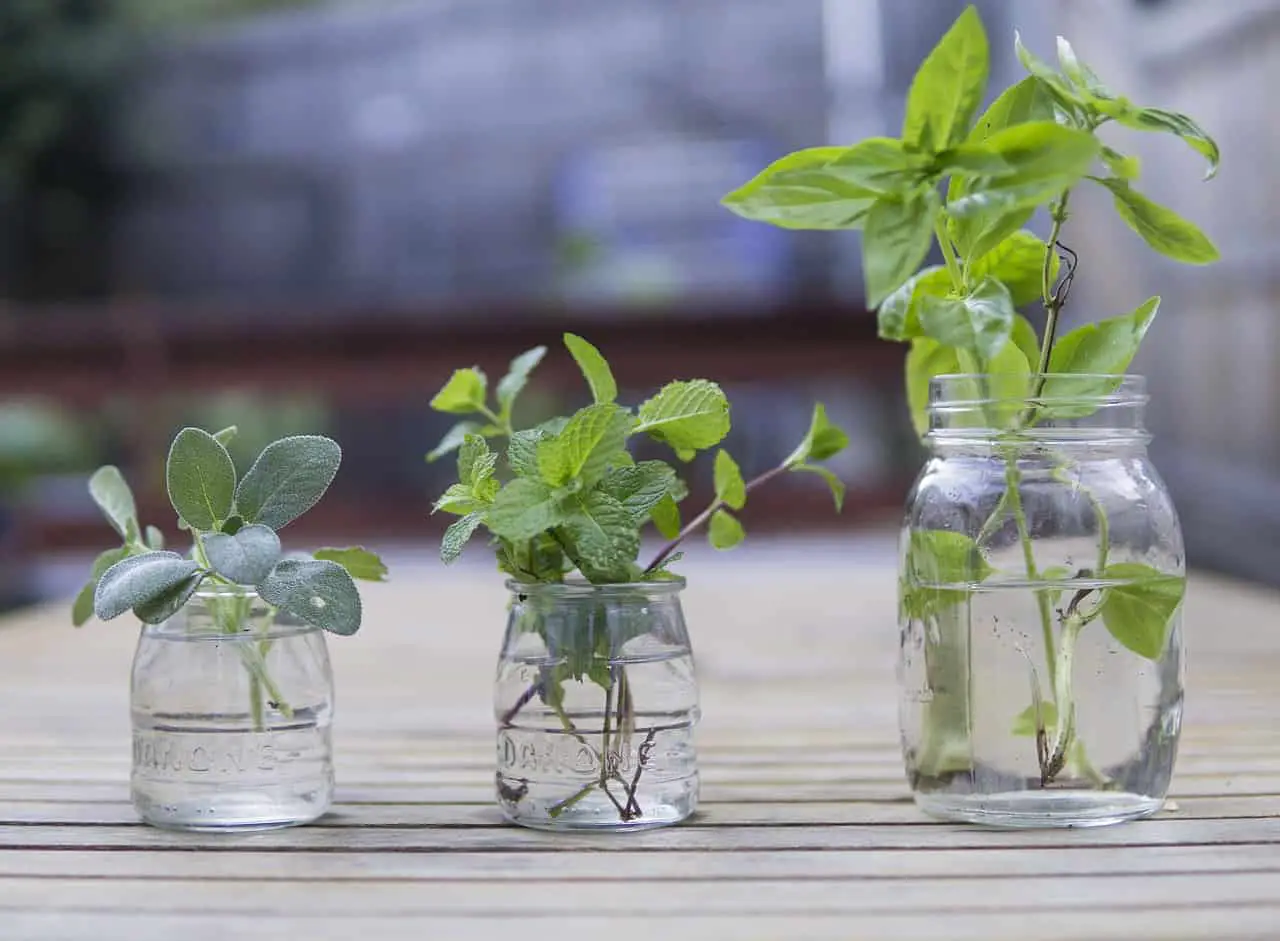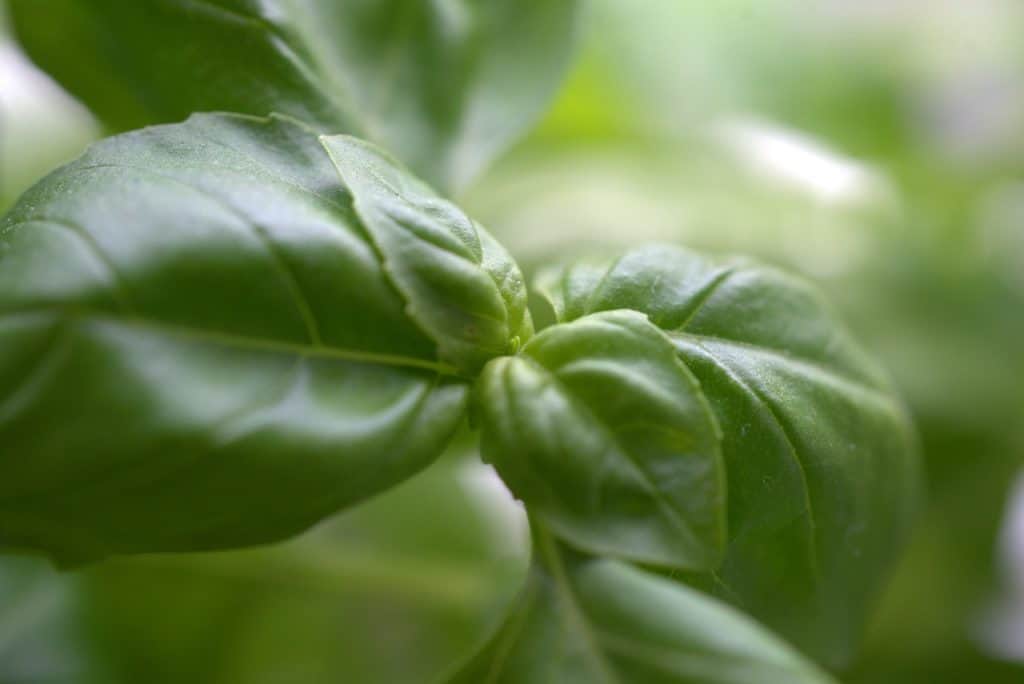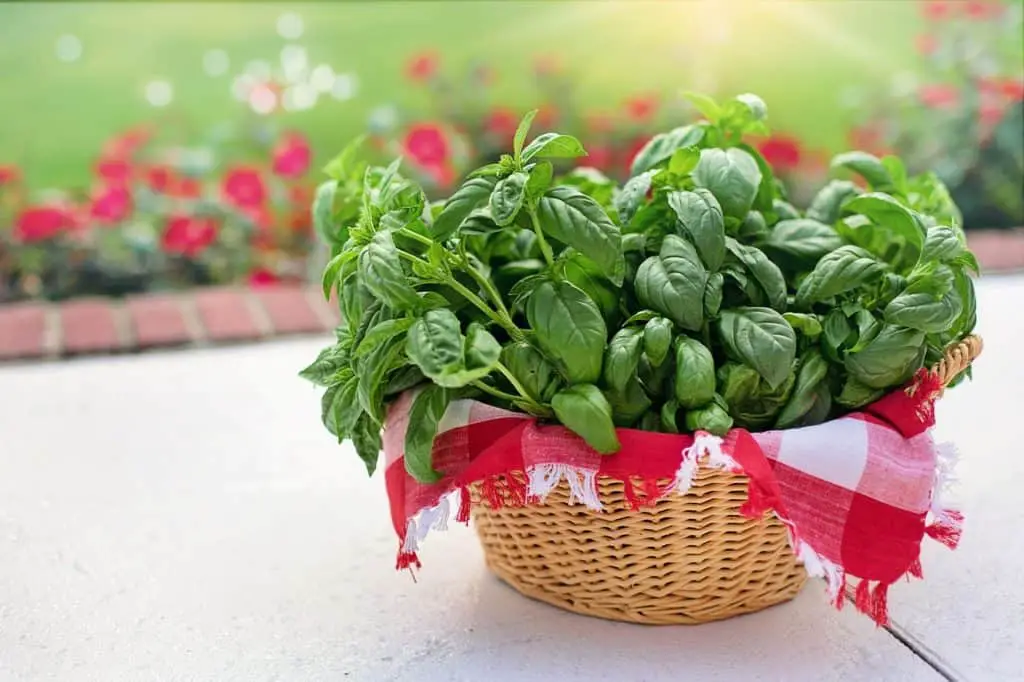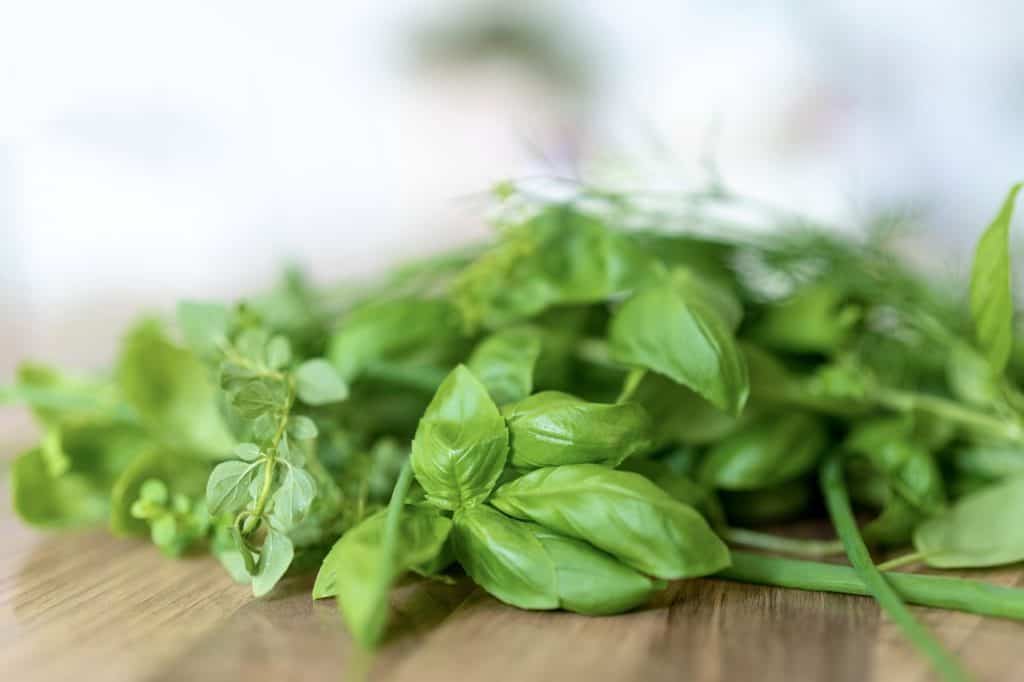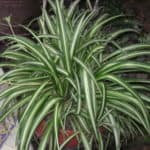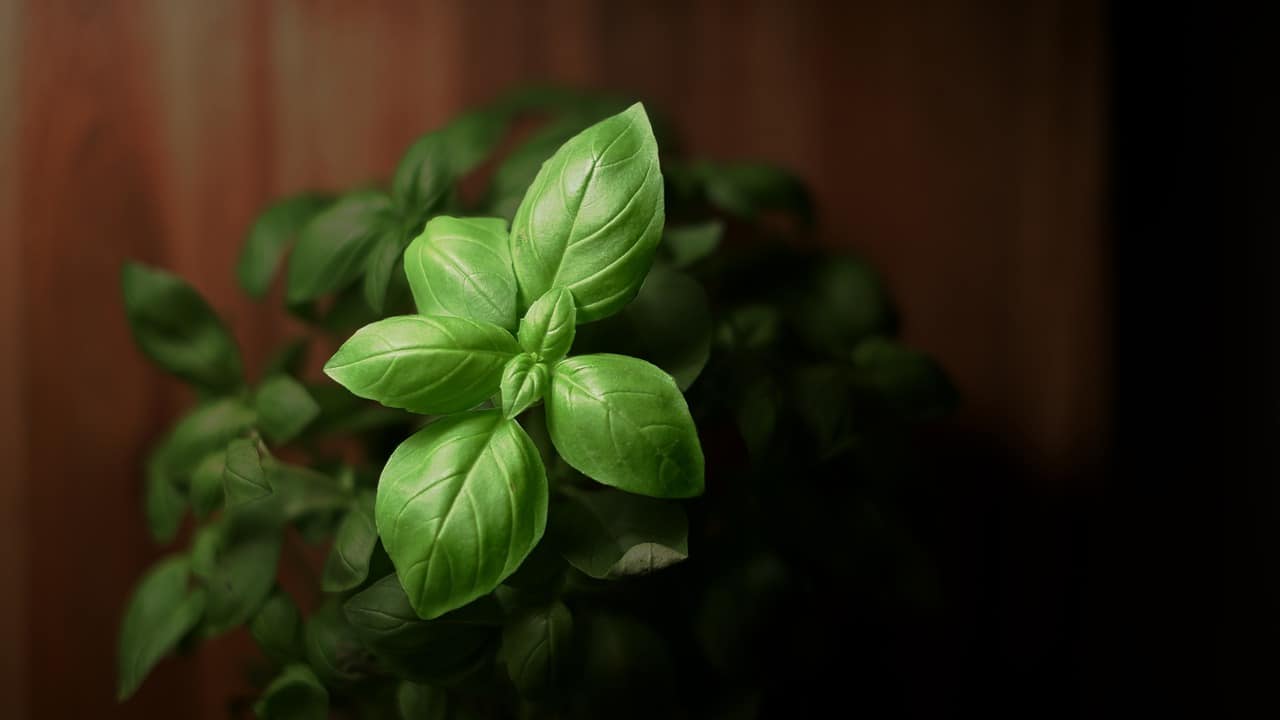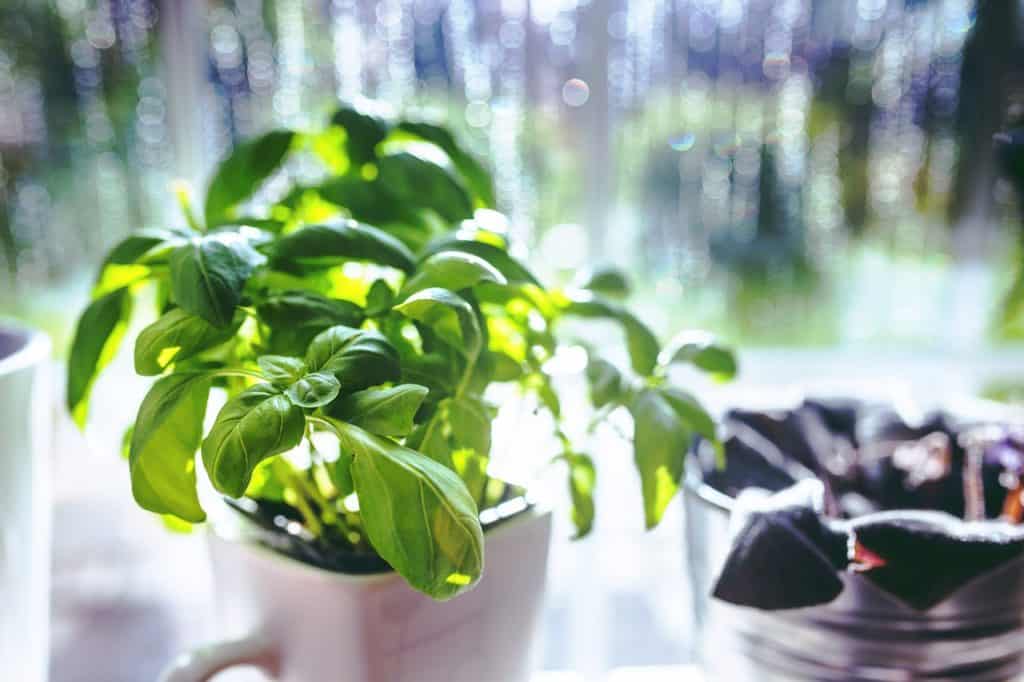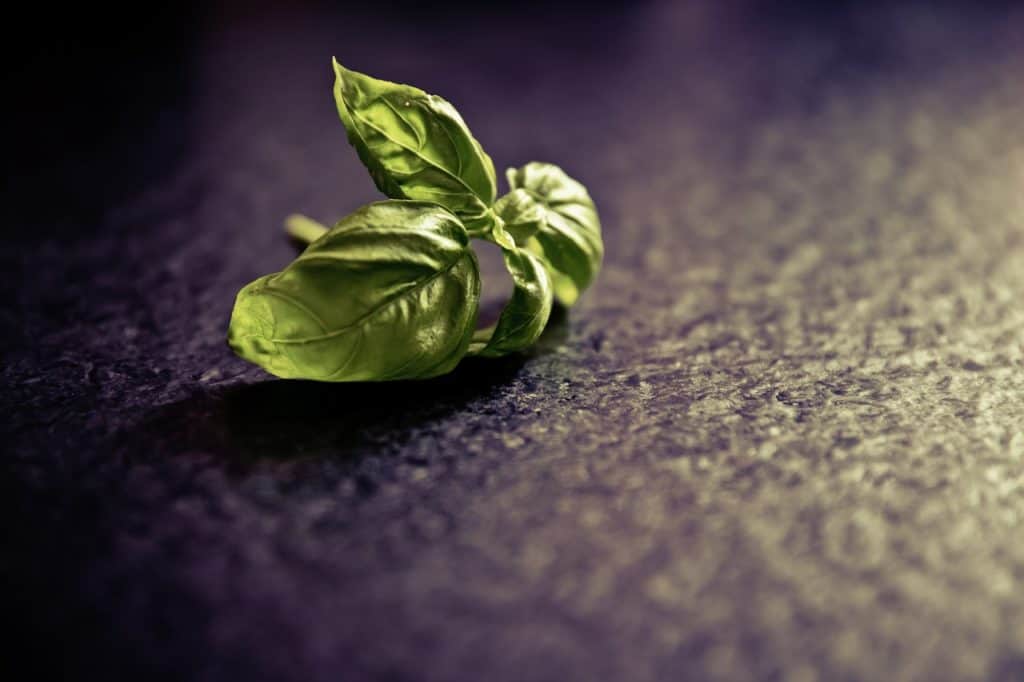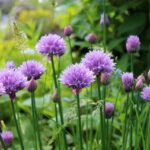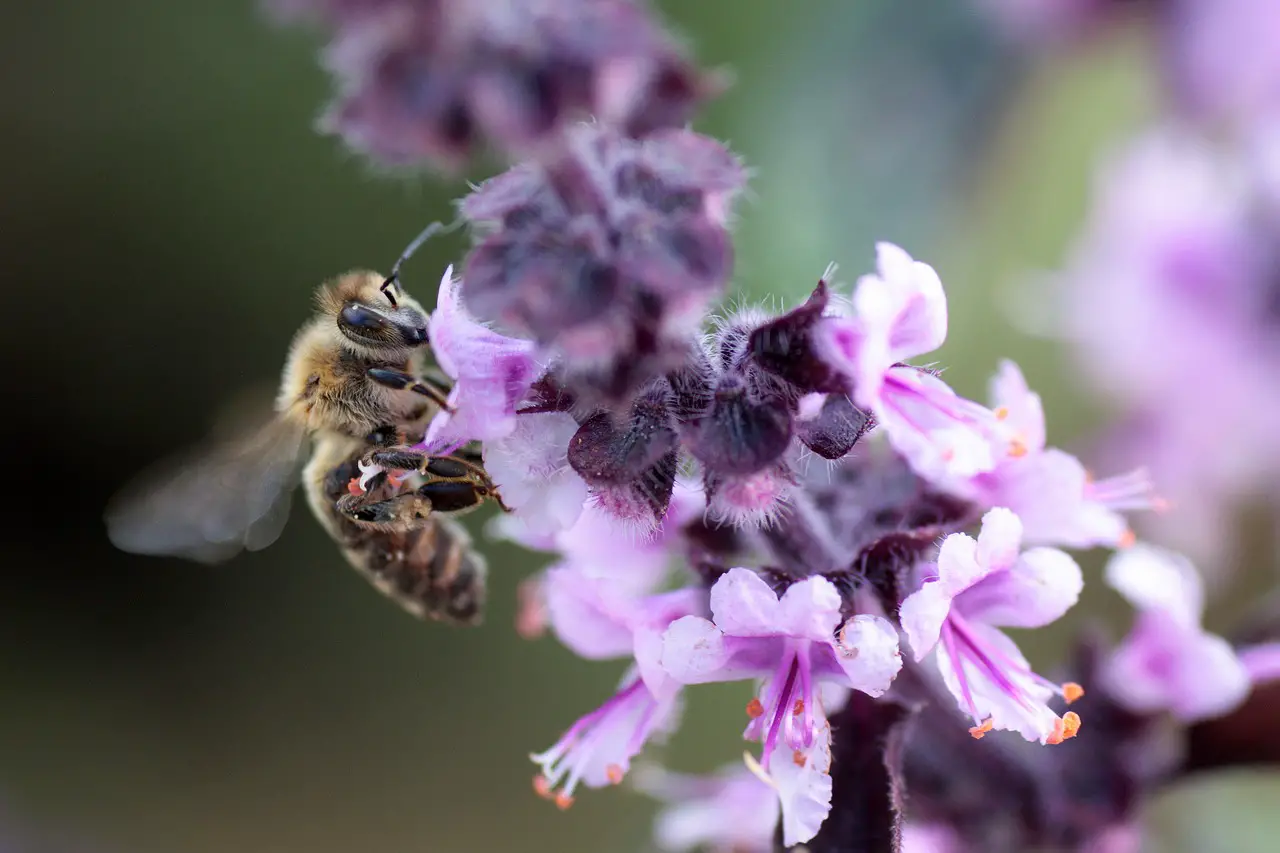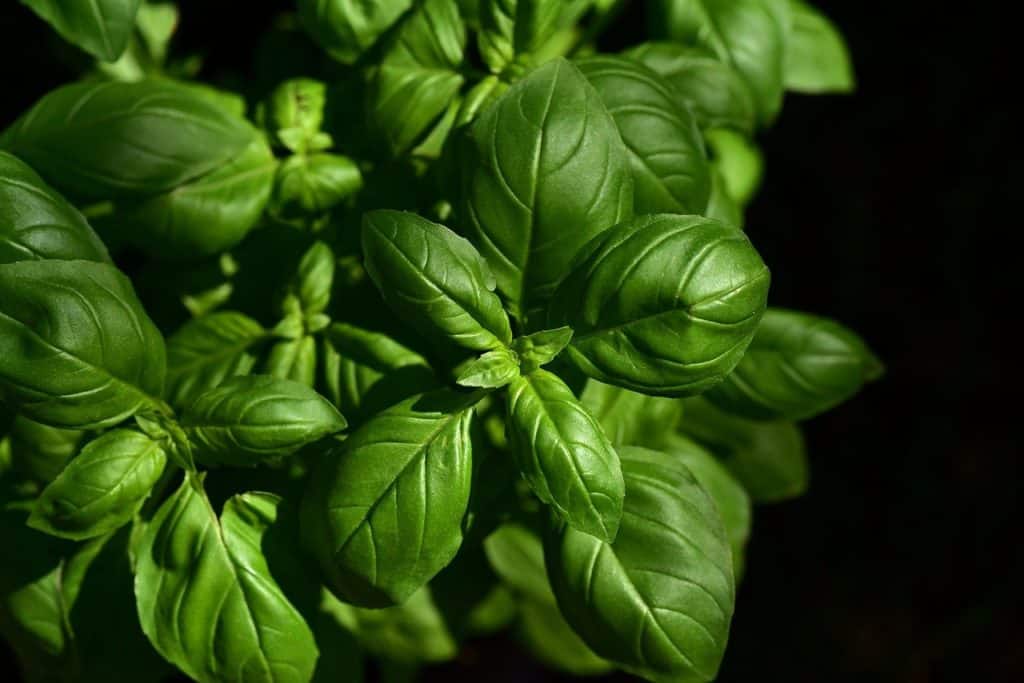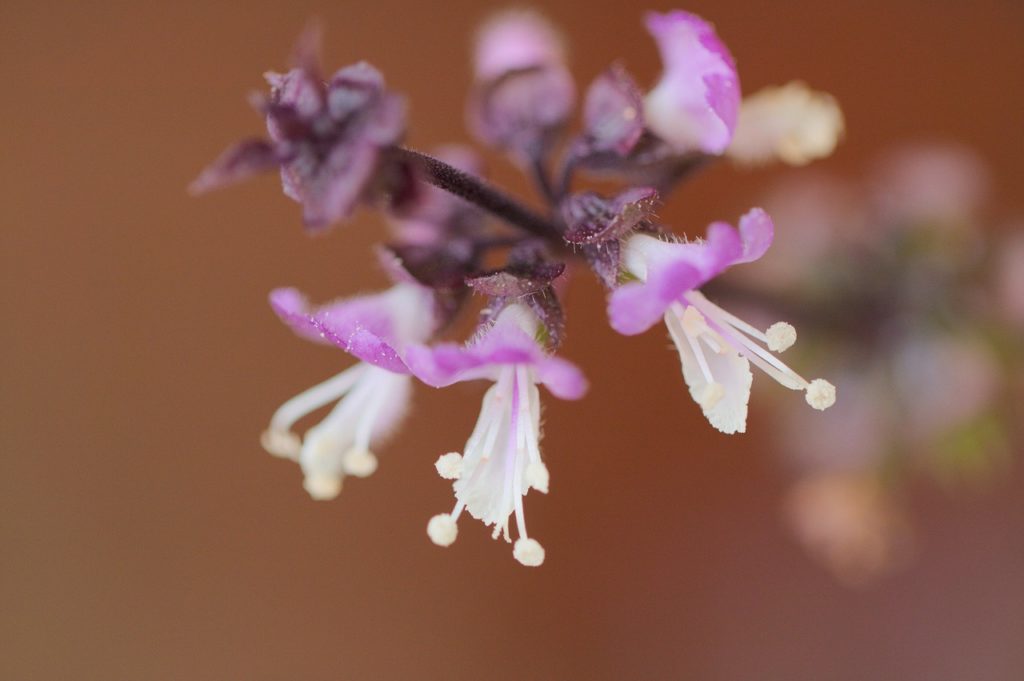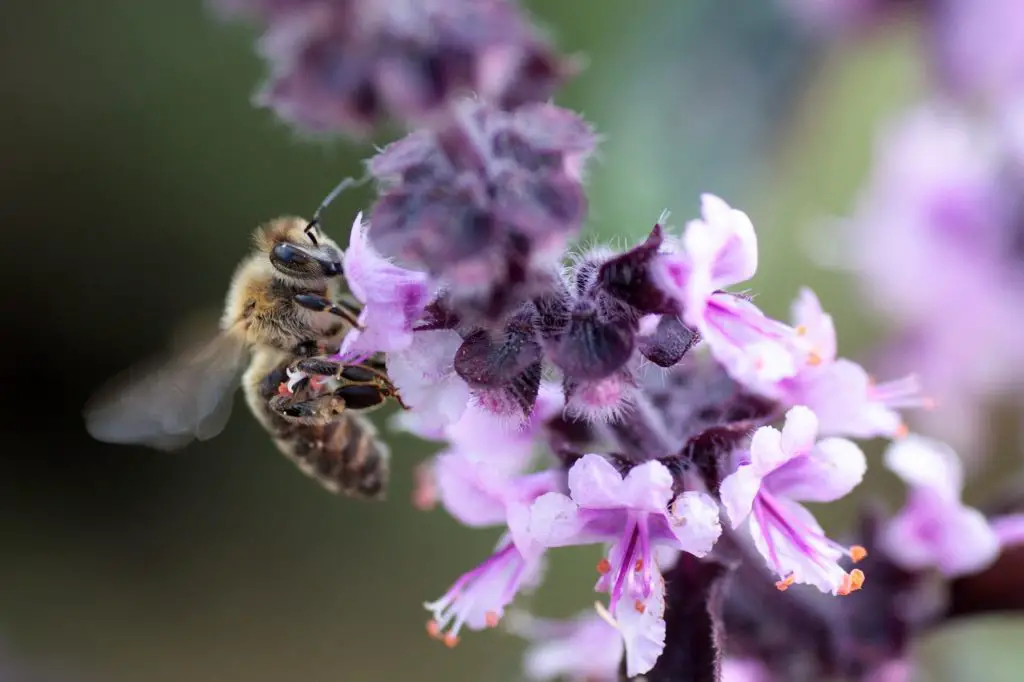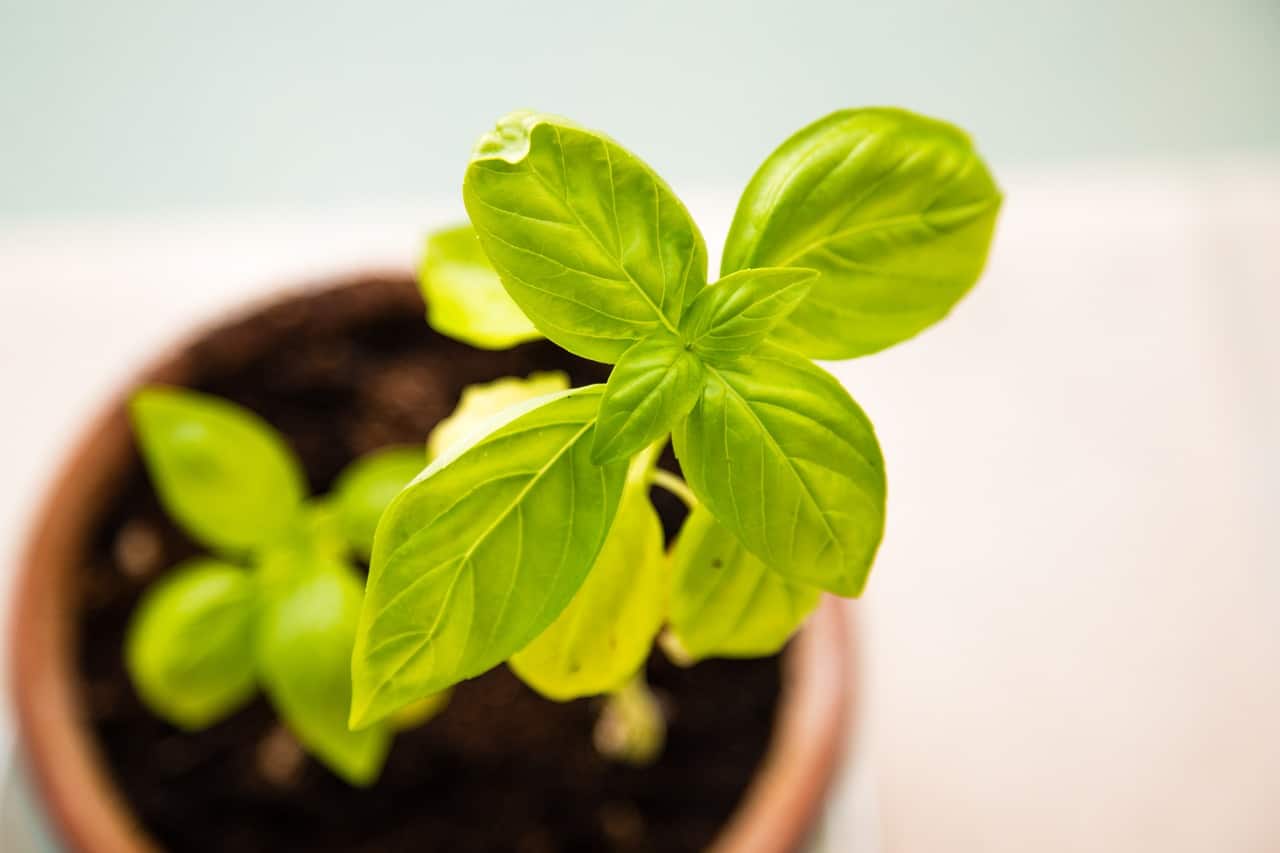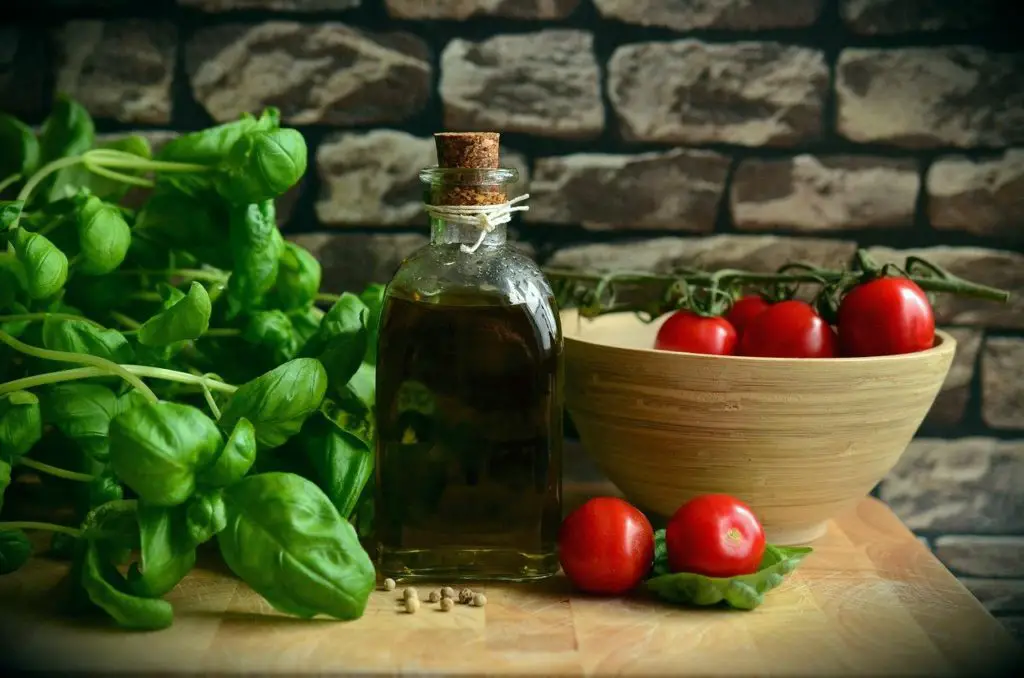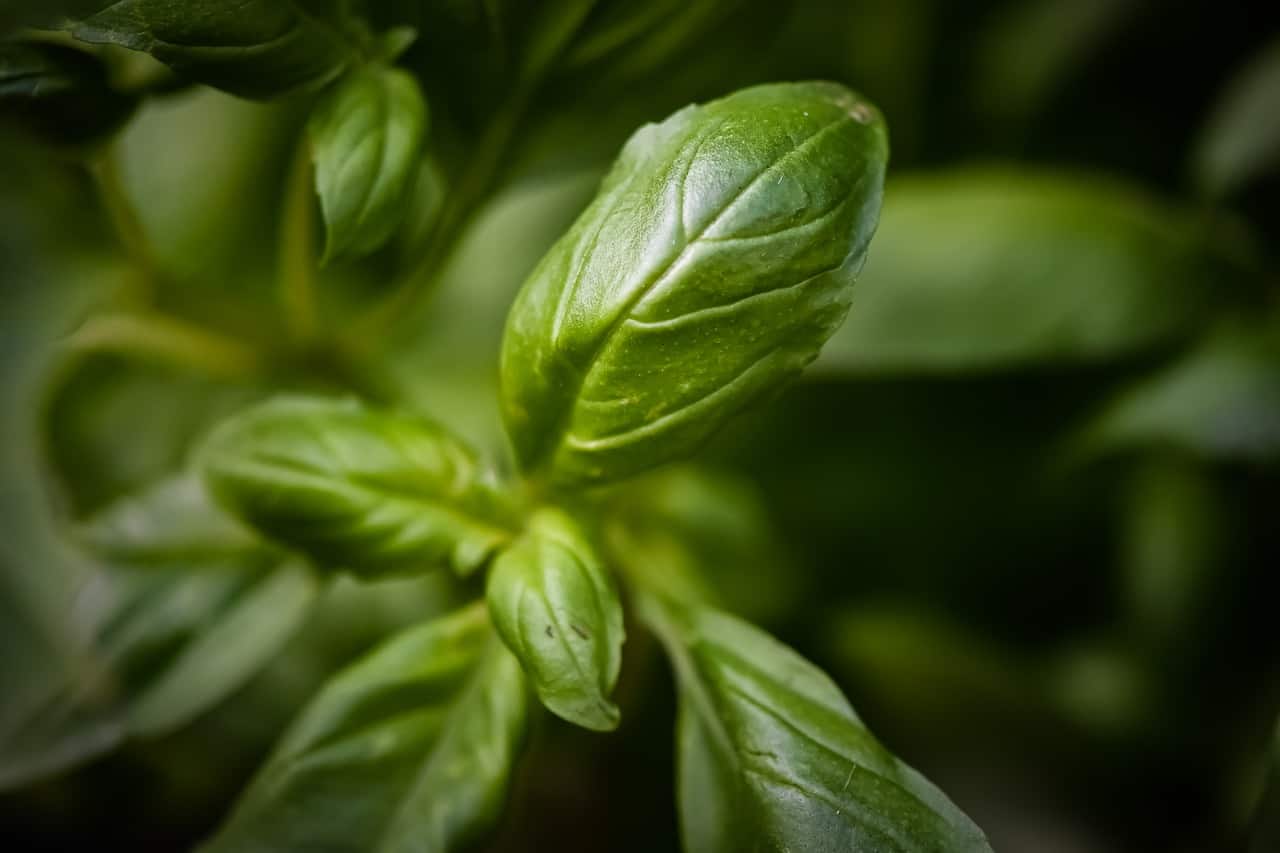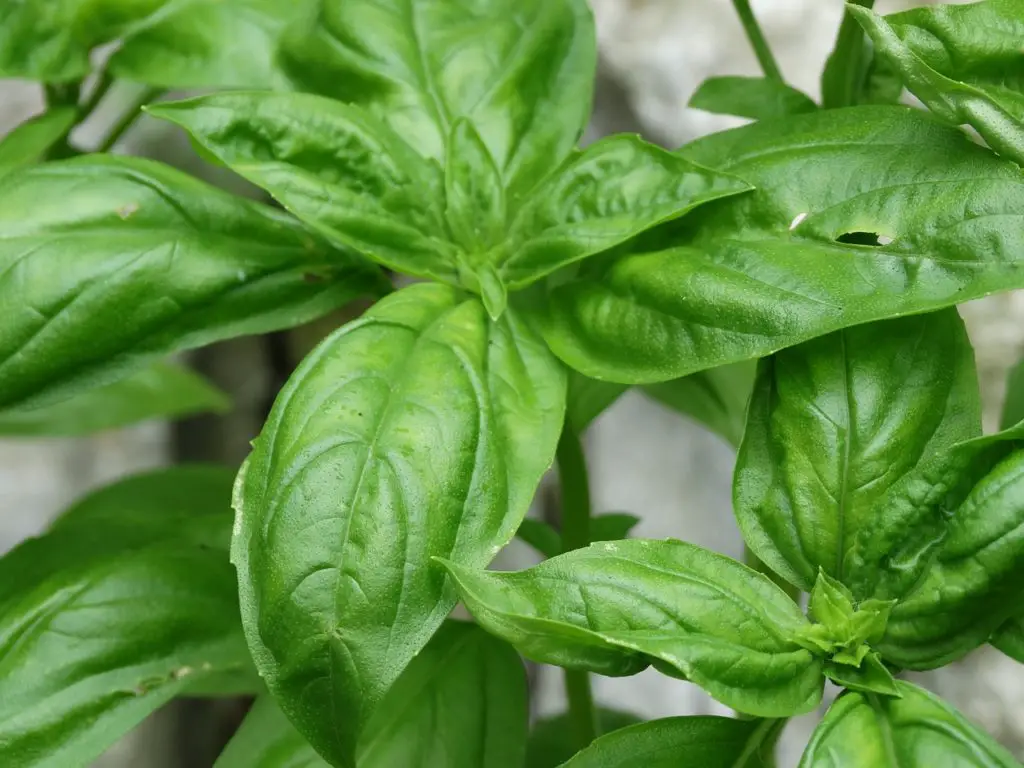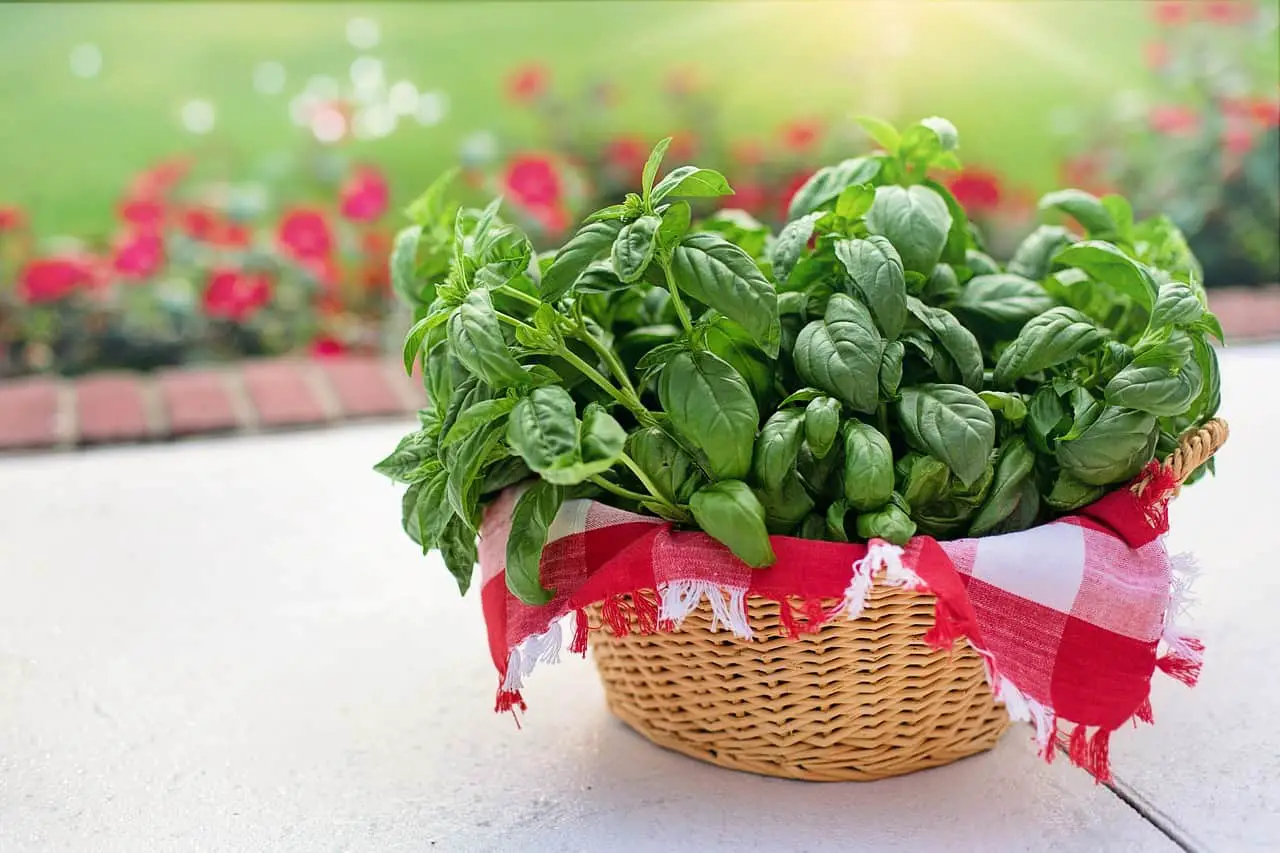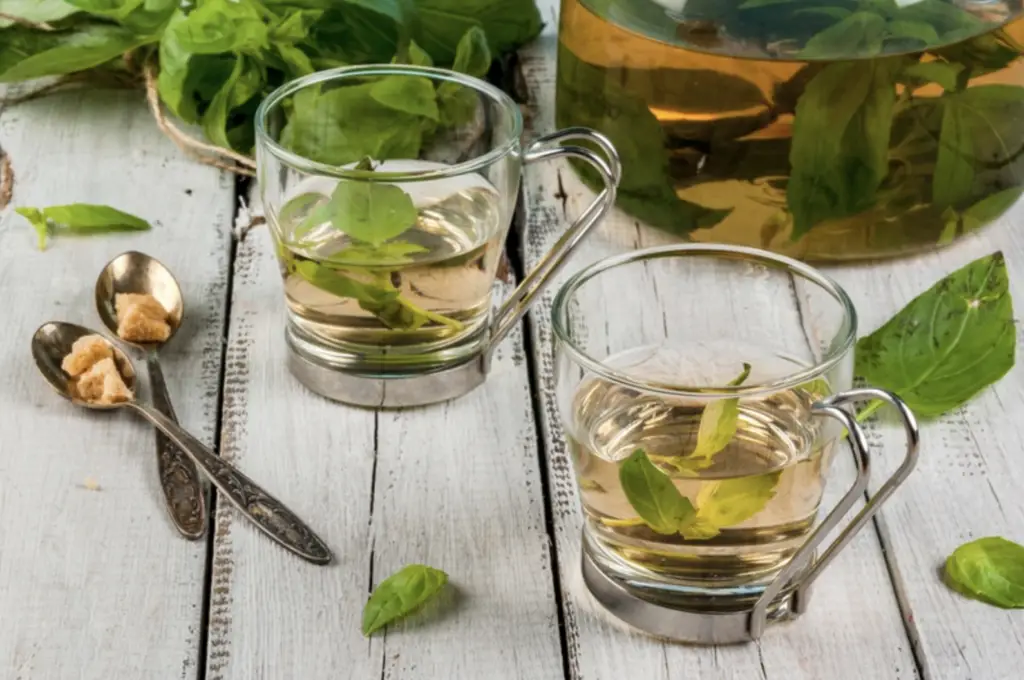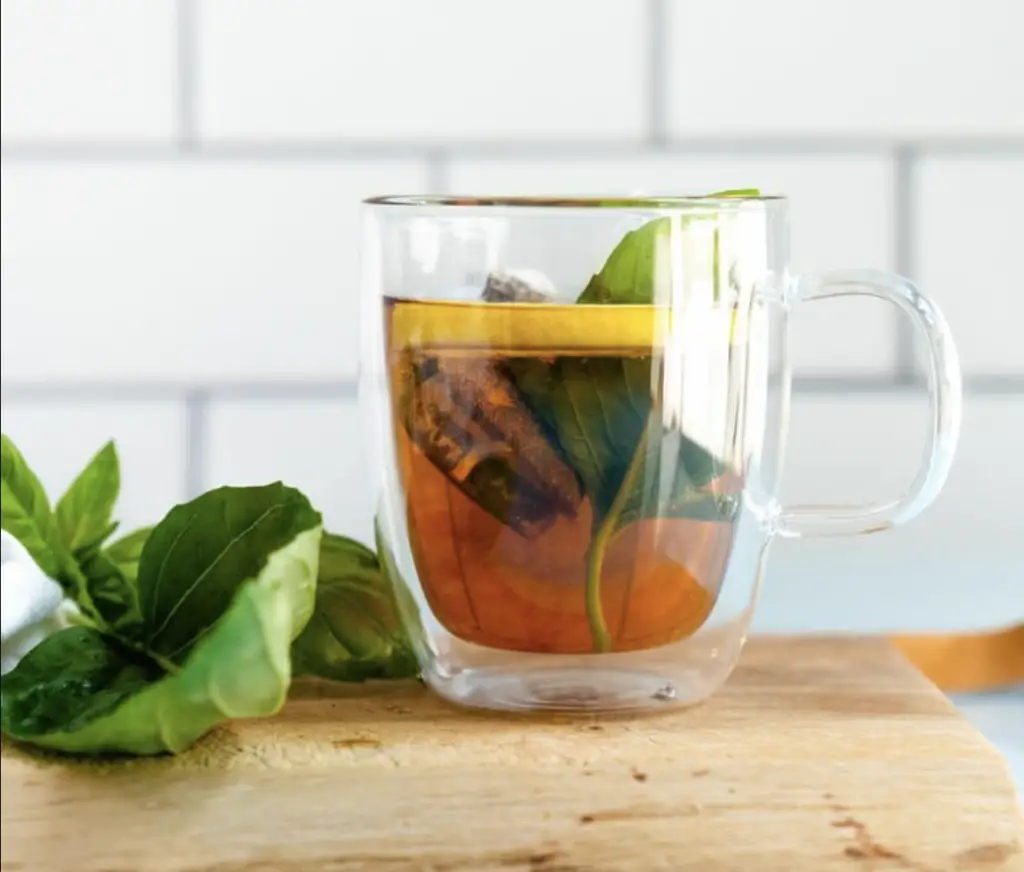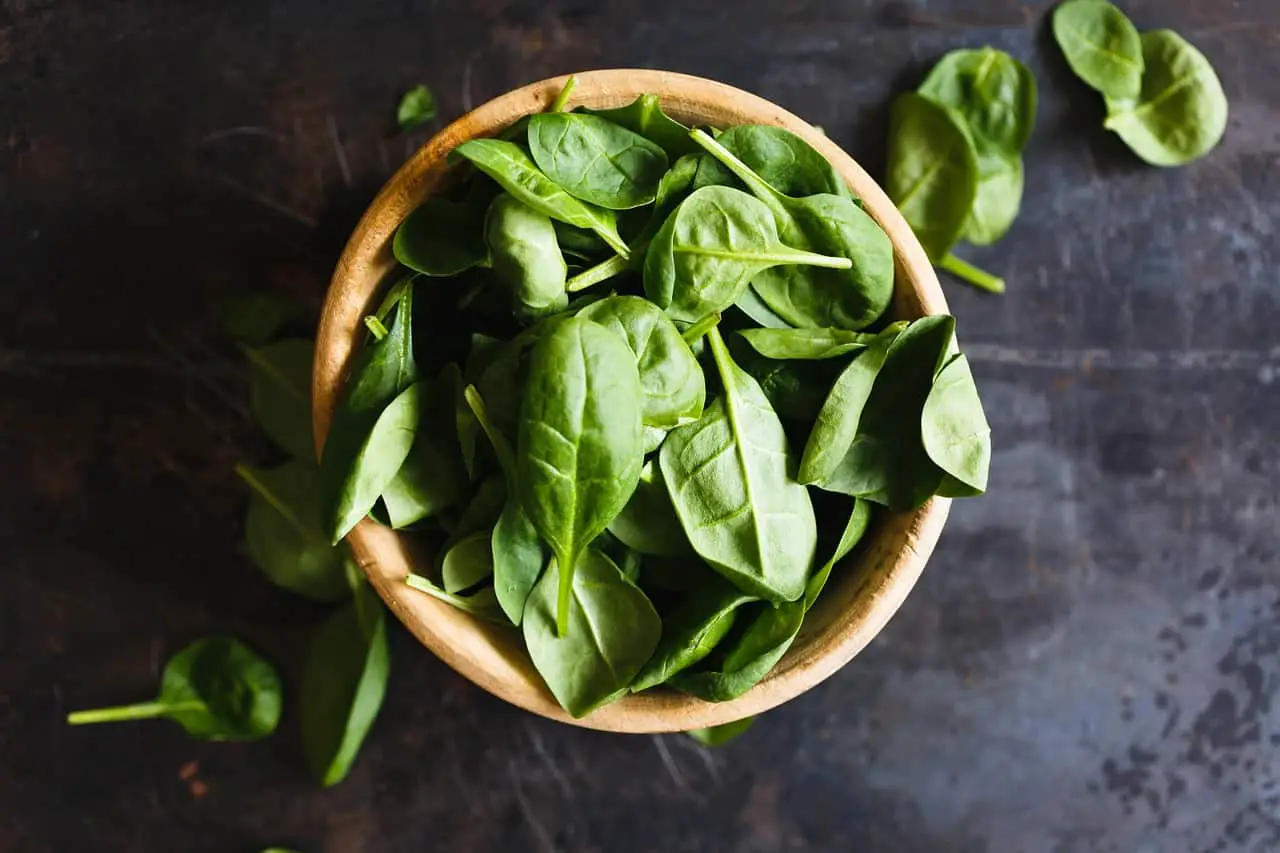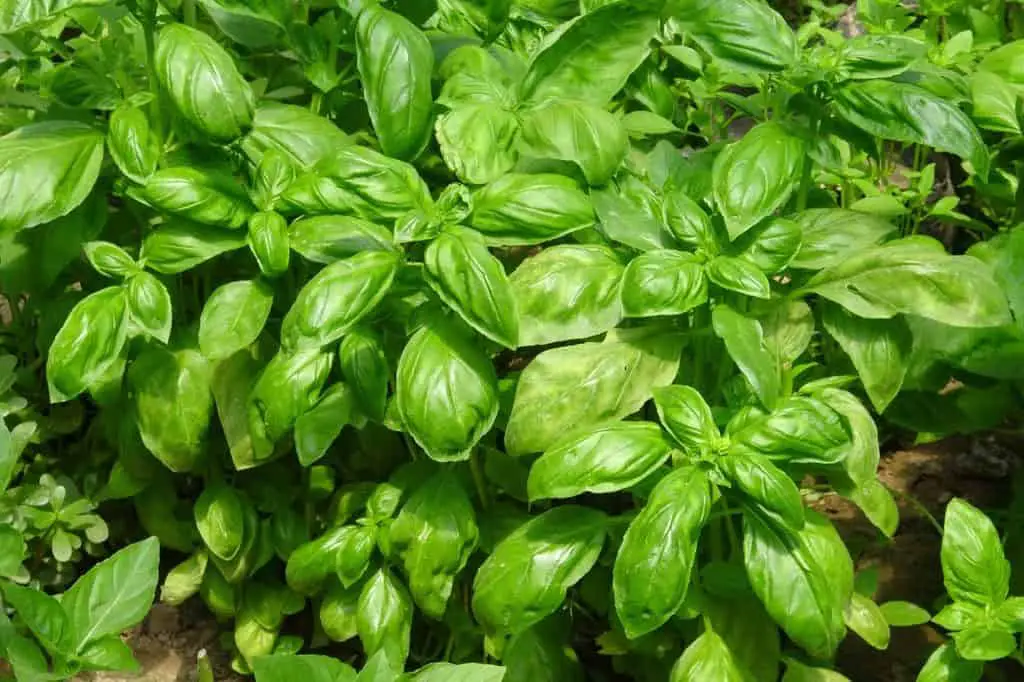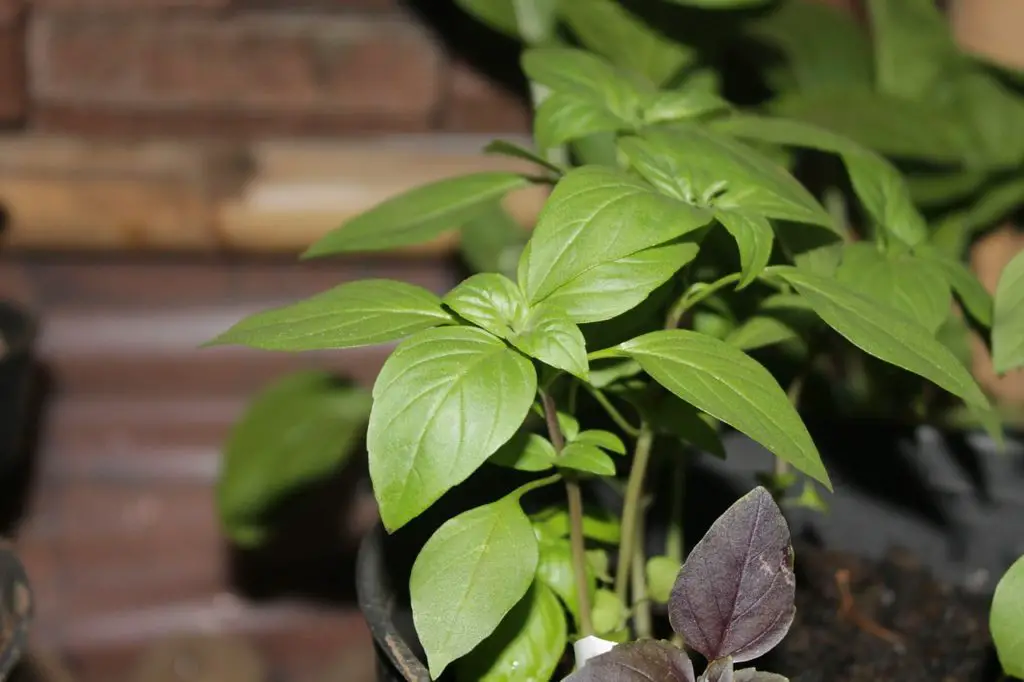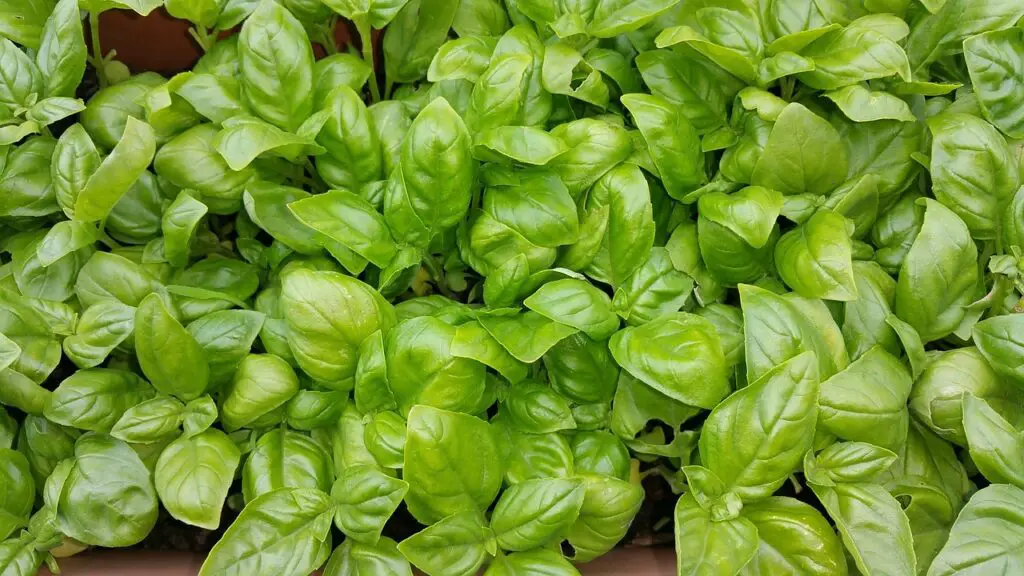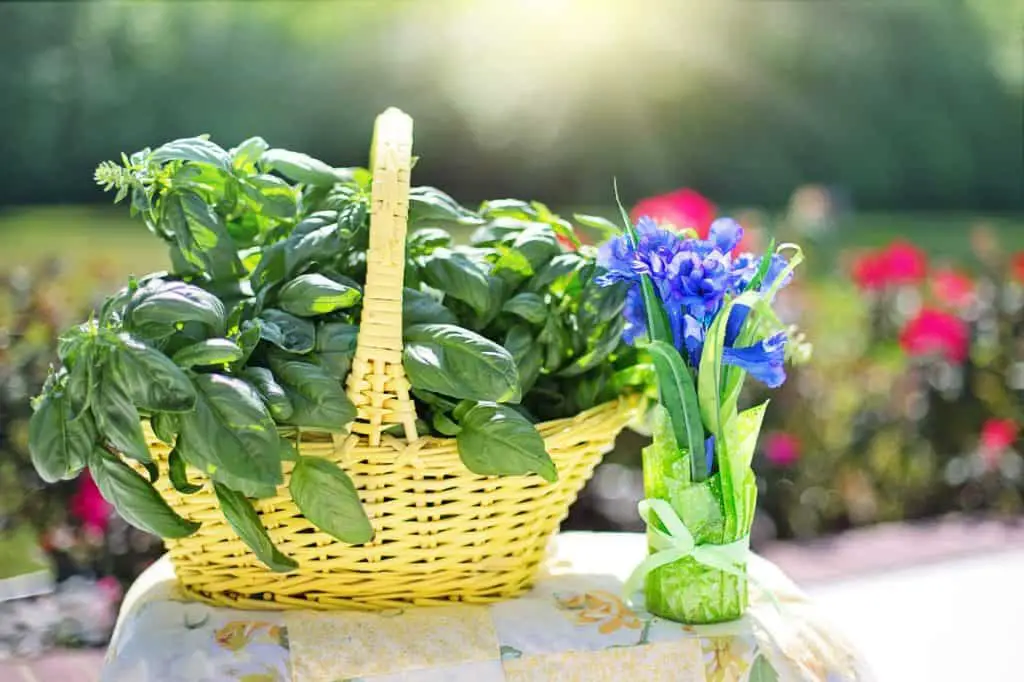
How To Preserve And Freeze Thai Basil
Welcome to this post about how you can preserve and even freeze a lot of the excess thai basil you might have stashed up from the season. Making sure you get the most out of your plants is an important part of gardening. Not wasting anything should be a priority for all. Especially when it’s your own hard work that has created these plants. In this article we will discuss some of the best techniques you can use for preservation. These vary from pickling to fermenting or simply freezing. They all have their pros and cons so follow along and we’ll discover them together.
If you are interested in preserving Thai basil in some more specific ways then we have written the perfect article for you. It covers some more fundamental ways of preserving it, find it here, How To Preserve Thai Basil.
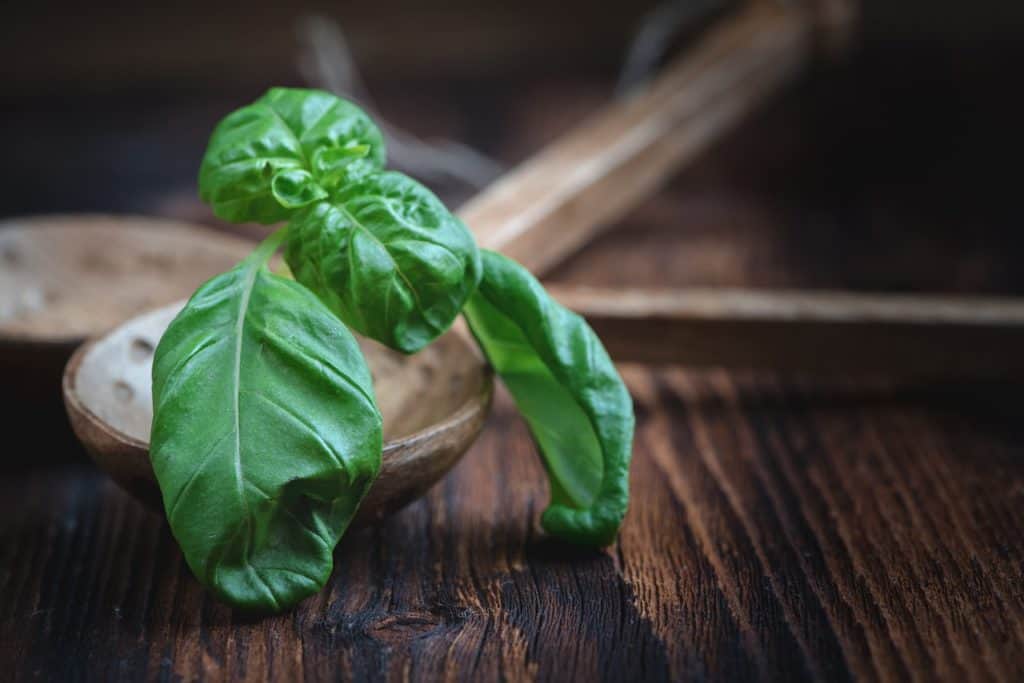
How To Preserve And Freeze Thai Basil
Making sure that you can preserve and save all your harvest is very important to feel like the season was fulfilling, at least that is what we believe. There are many ways you can choose to preserve your thai basil. We will include some of the most common ways and also talk about freezing thai basil.
One of the best ways to preserve thai basil is by drying it. It will intensify the aromas and the flavors as the water is evaporated. There are many guides out there showing you hot to do this but we believe there is only one true way. It comes down to the temperature that you are using. We have read article after article saying that you can dry the herbs on 160 degrees for a couple of hours and be fine. This is plain false. Sure they will dry but the amount of flavor that is lost is painfully large. The best way is drying at no more than 110 degrees. If it takes more time, so be it. The end result will be so much better.
Another way of preserving basil is making pesto. It’s a condiment that you can use for a lot of stuff in your kitchen. The best part is that it will last for a very long time too. Up to many months for sure. Basil can take up a lot of space once you have harvested the leaves. Making pesto with it will also be a lot more space efficient. In all honesty as well, making pesto with thai basil is probably the best variety to use. It has a lot of spiciness and aromatics to it that really goes well with any food. Especially on a pasta salad or tossed in a warm one too.
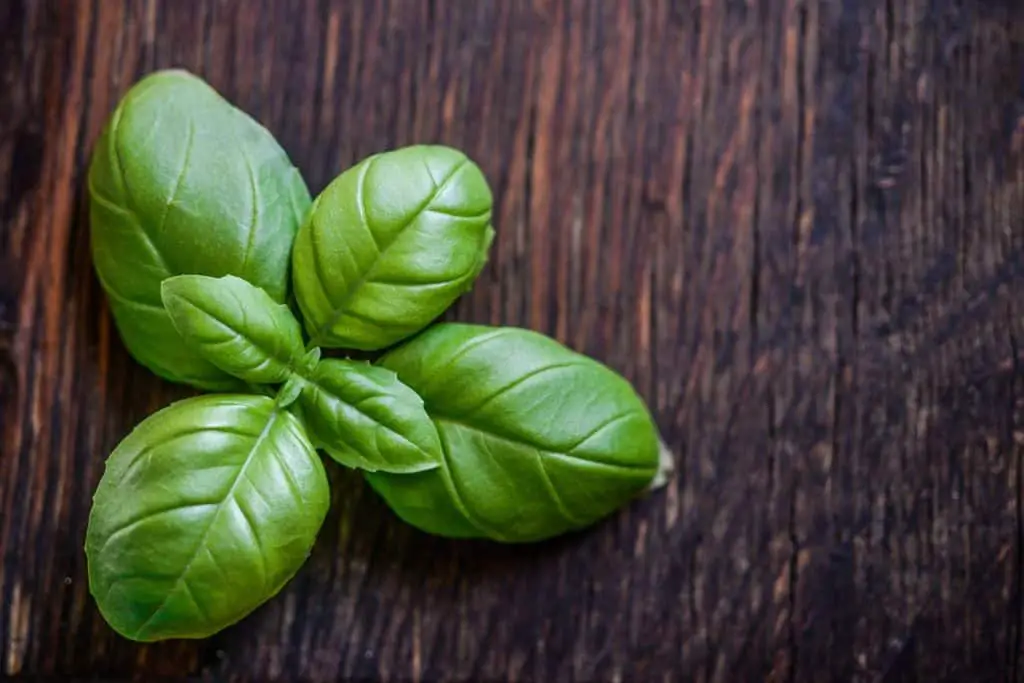
Can You Freeze Fresh Thai Basil Leaves
Another approach you can take is freezing the basil. Then the best way is finely shredding it and then freezing it in a container. Once you need you can simply take a fork and scrape the surface until you get the amount that you want. It’s surprisingly keeps the flavor very well.
I want to reiterate again now what we have been talking about. Thai basil can be preserved in a number of ways, all from drying to making pesto and even freezing. Drying is one of our favorites because it keeps the longest. Never going over 110 degrees will also ensure you keep all the wonderful flavors.
It can sometimes be a mystery why your basil is starting to grow leggy. In this article we explain why this can happen and what some of the best solutions are. Find it here, How To Fix A Leggy Basil Plant.
